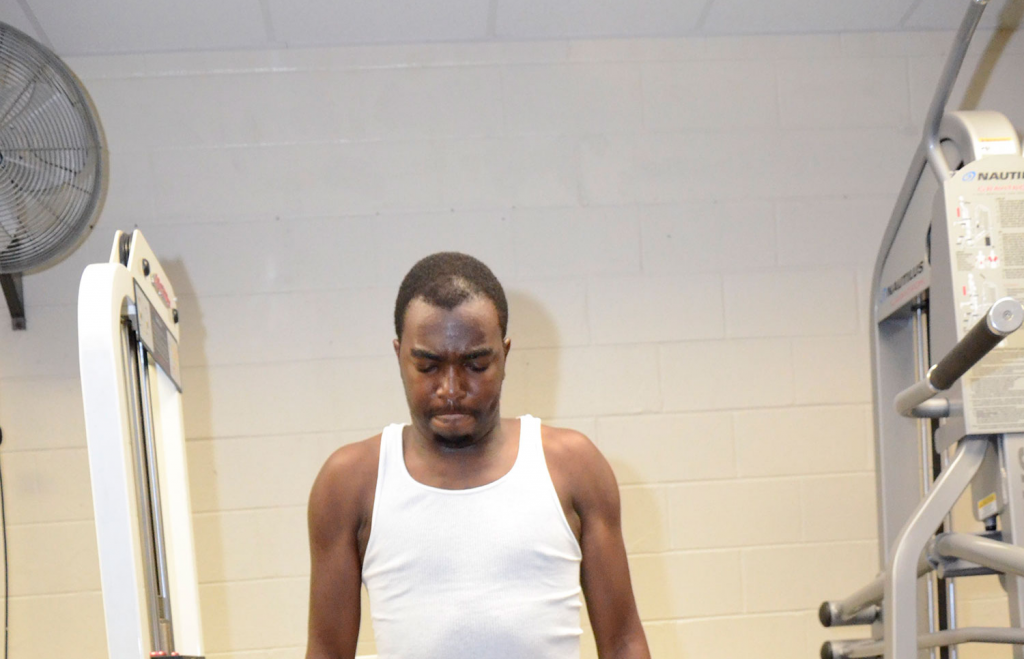By Maria Asprilla/reporter
One in eight women will be diagnosed with breast cancer in their lifetime, and one in 76 will die from breast cancer, a Fort Worth oncologist told a South Campus audience.
These numbers can be improved by knowing how to change factors that can lower a person’s risk of developing the deadly disease, Dr. Shanthi Ganesa of the Center for Cancer and Blood Disorders said Oct. 10.
Breast Cancer and the Environment: Clear as Mud focused on educating listeners about cause and prevention. She said the disease has dozens of risk factors — some that can be controlled and others that cannot.
Ganesa explained several uncontrollable risks such as race, gender, family history and menstrual history.
“Women are 100 times more likely than men to develop breast cancer, and two-thirds of cases are diagnosed in women over age 65,” she said.
White women are more likely to get it, but black women are more likely to die from it because of being stricken with more aggressive types of breast cancer, Ganesa said.
“Only 5-10 percent of all breast cancers have anything to do with family history” and mutations of the BRCA1 and BRCA2 genes, she said. Prolonged menstrual history, which she defined as starting before age 12 or ending after age 55, is also a risk.
Ganesa urged listeners to change lifestyle risks that can be controlled such as diet, exercise, alcohol consumption and hormone use.
“Exercise reduces your risk of breast cancer by 20-40 percent,” she said. “And one study even found a 70 percent reduction.”
At least 15-30 minutes a day of brisk activity six days a week is recommended, Ganesa said.
“Alcohol is a proven carcinogen,” she said. “There’s a linear correlation — the more you drink, the higher the risk.”
People should limit alcohol to one glass a day, Ganesa said. Women should also limit hormone use including both birth control pills and hormone replacement therapy because the 33-44 percent increased risk of breast cancer from their use diminishes four years after stopping them.
Other risks are not as clear. Smoking probably increases breast cancer risk, Ganesa said. Hair dye, nail products, household cleaners, plastic bottles and deodorant have not proven to do so. Ionizing radiation from X-rays and CT scans can, but non-ionizing radiation from microwaves and cellphones do not.
The other key to avoid dying from breast cancer, Ganesa said, is getting a mammogram. Routine mammograms are recommended yearly starting at age 40. If breast cancer is in a first-degree relative, like a mother or sister, then mammograms are recommended 10 years before the age of diagnosis in the youngest relative.
Early diagnosis is a lifesaver because the stage one cure rate is over 90 percent, Ganesa said.



























